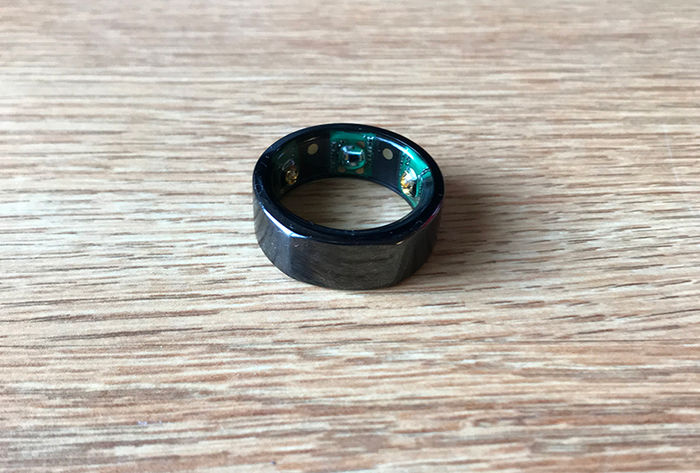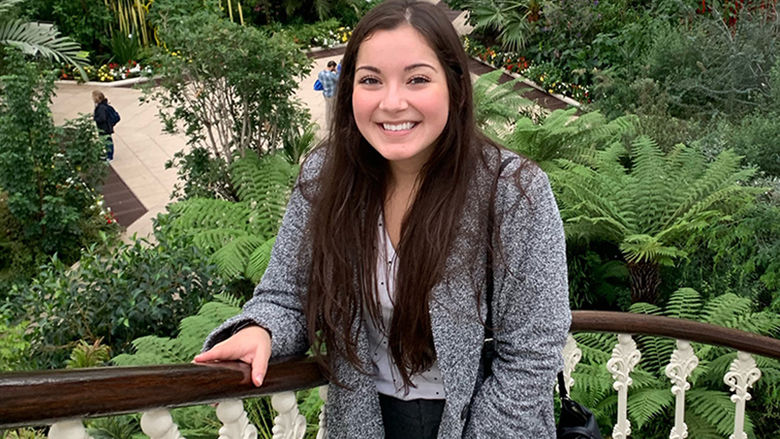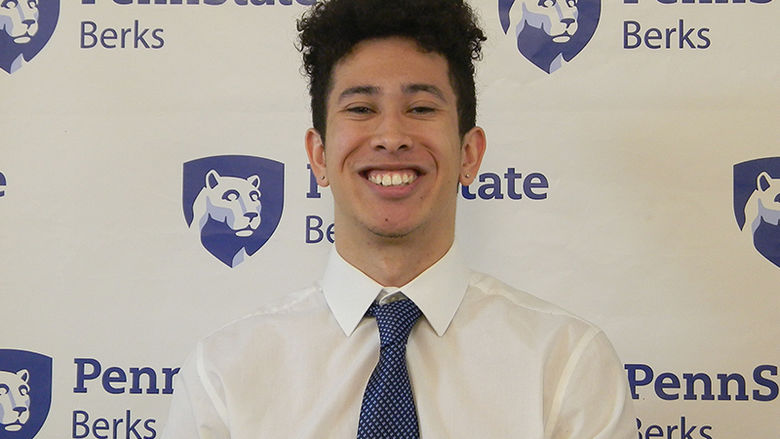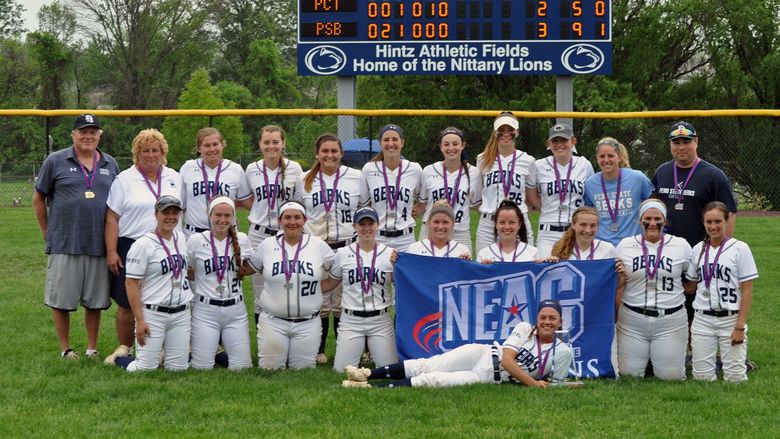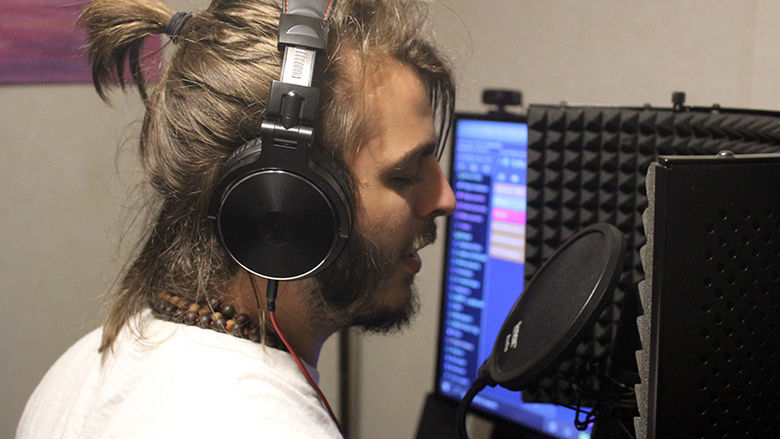
WYOMISSING, Pa. – Arizona Shreck, a first-year student majoring in kinesiology at Penn State Berks, was recently awarded the Penn State Student Engagement Remote Innovation Grant in support of her research on heart rate variability (HRV), measured by the Oura Ring, a ring that combines advanced sensor technology with a mobile app to deliver precise, personalized health insights from the body.
It began when Shreck was discussing her career aspirations to eventually work as a strength and conditioning coach or athletic trainer after graduation with Praveen Veerabhadrappa, associate professor of kinesiology. They discussed possible research opportunities, such as the HRV study. Veerabhadrappa also encouraged her to apply for the Penn State Student Engagement Remote Innovation Grant in support of this interdisciplinary research project.
“HRV is the measurement of the numerous differing lengths between individual heart beats. The heart is not a metronome,” explained Shreck.
The user places the Oura Ring on his or her finger, and it tracks HRV by taking in data during sleep. It’s a great indicator of how the body reacts to stimuli.
“In the study, I had to be both the subject and the researcher, and the Oura Ring made that possible,” she added.
The use of the Oura Ring made this an interdisciplinary research project. Matthew Rhudy, assistant professor of engineering, joined Shreck and Veerabhadrappa in the study.
Shreck explains how it works. “The Oura Ring collects data during sleep to determine how well your body is recovering. When you have a lower heart rate you will have more time for each beat to vary causing a higher HRV; a higher HRV is associated with general physical fitness and good recovery.
“When you have a higher heart rate, you have less time for each beat to vary, causing a low HRV; a lower HRV is associated with stress, illness, and overtraining. However, a low HRV can be a positive thing under ‘good stress’; such as an athlete during a game; in this case, an elevated heart rate and a lower HRV means the body is reacting well to the stressors of sport.”
Shreck wore the Oura Ring for a month and checked her ‘readiness’ and ‘sleep’ data daily. She analyzed her HRV data weekly.
What did she discover? “As an involved student-athlete, I was not getting the proper rest; I focused on incorporating more rest periods into my day,” responded Shreck.
Shreck has a passion for kinesiology and athletics. In addition to majoring in kinesiology, she is a member of the college softball team and the kinesiology club. She is also a Lion Ambassador, a member of Berks Benefiting THON, and a member of the Welcome Weekend team.
Donna Chambers served as her Student Engagement Grant coach at Penn State Berks. Chambers invited Shreck to present her findings at an international conference focused on service-learning, July 7–9. The conference is usually held in Croatia but it will be virtual this year due to the pandemic.
About the Penn State Student Engagement Remote Innovation Grant
By enabling even more students to have transformative experiences, the Student Engagement Network is helping to make Penn State a more vibrant place to live, learn, and grow. The network, which launched in 2017, is a comprehensive initiative across twenty-four campuses that connects students with curricular and co-curricular opportunities such as research, student organization involvement, community leadership, study abroad, internships, arts and performances, and more. Out-of-classroom learning accelerates students’ development and enhances their preparation for life after graduation. A joint effort between Undergraduate Education, Student Affairs, and Outreach and Online Education, the Student Engagement Network has built strong programs that impact students, faculty, staff, and communities locally, nationally, and globally.
